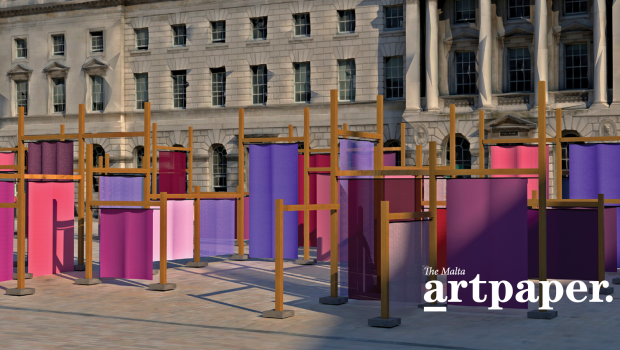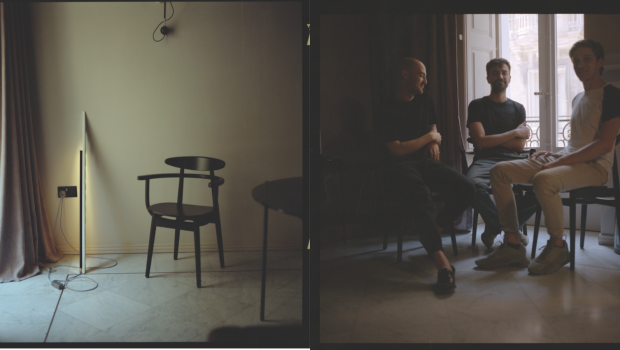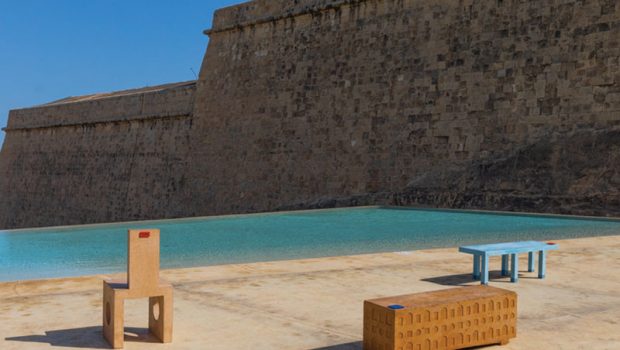What can the metaverse offer to the real world
if anything at all?
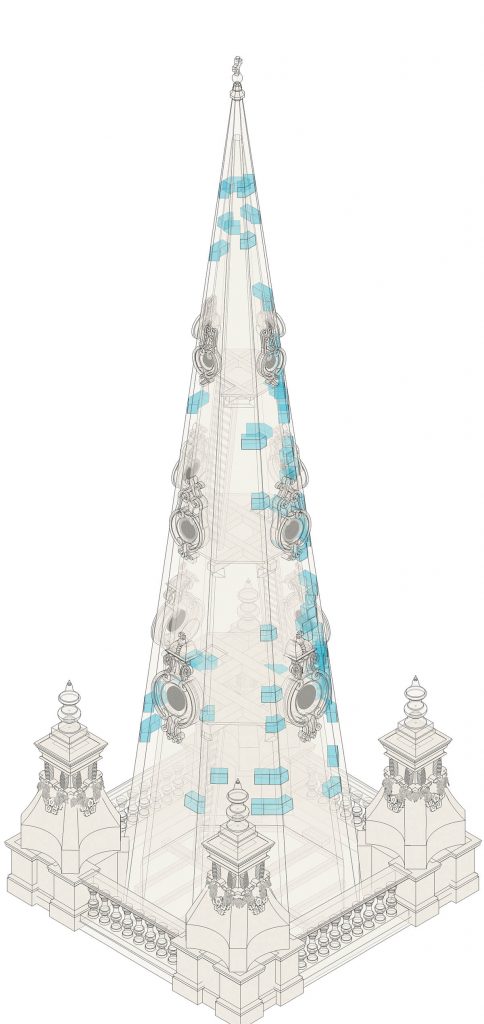
As Holly Nielsen recently wrote on Dezeen, “to try and understand the metaverse is to wrestle with buzzwords. The main problem is that the metaverse is a term that does not refer to one particular technology, but rather an unwieldy, loose set of mainly speculative ideas about how we will engage and interact with technology in the future.” What all speculations seem to have in common so far is poor imagination, and even poorer graphics: when landing for the first time on some of the most popular metaverse platforms like Decentraland, for instance, one feels in a state of perplexity and uncertainty over what to do – except for the experienced gamers, possibly. What are we supposed to do in the metaverse, other than creating girthy avatars and use them to wander about these improbable and distressingly ugly digital environments? What is the purpose of this alternative world which strives to compete with the real one, but is nothing more than a bad copy of it, at least for now?
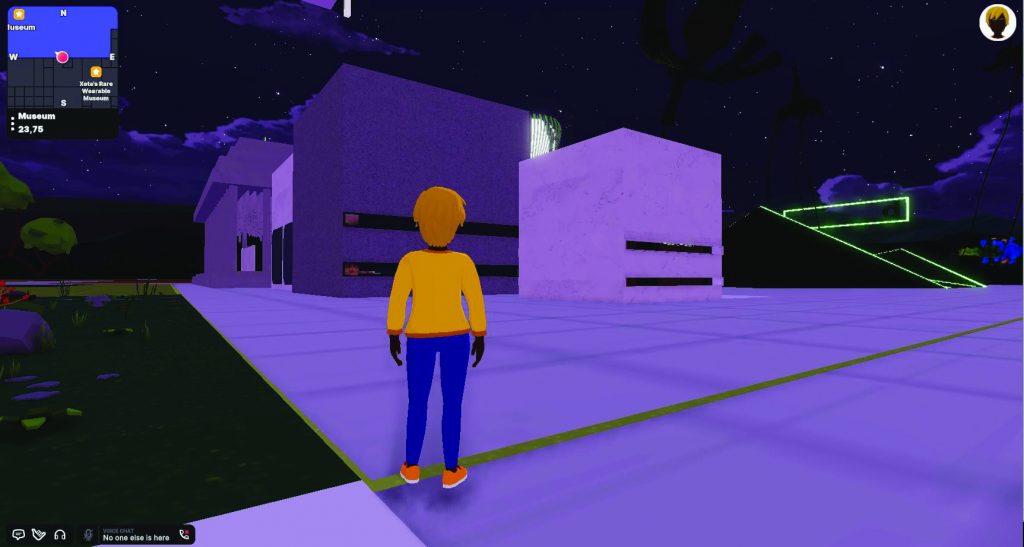
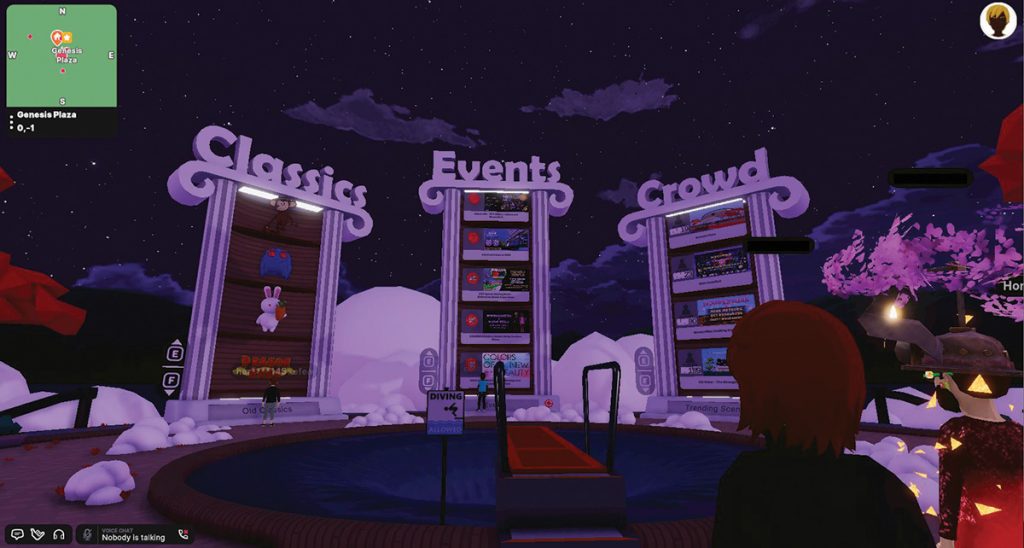
ChatGTP, the newest chatbot launched by Open AI and based on advanced machine learning, can provide a dull but encompassing direct reply, in its peculiar aseptic tone. According to the chatbot, and therefore to the majority of those who share their ideas on the topic on the internet, some of the most common goals of the metaverse include: creating an immersive and interactive virtual environment where people can socialise, play and shop, without being limited by the physical constraints of the real world; providing a new medium for creativity, education, expression and innovation that enables people to learn and share; facilitating developments of new technologies such as blockchain, virtual and augmented reality and, in doing so, enhancing new economies. However, how the pursue of these main goals will impact the real world remains unclear. When prompted about potential tangible effects, both positive and negative, ChatGTP regurgitates a long blurb which, amongst its predictable textbook remarks, reminds the user that all metaverse platforms are digital tools created by human beings for other human beings: “the actual outcomes will likely depend on how the technology will evolve and how people will choose to use it”, it says.
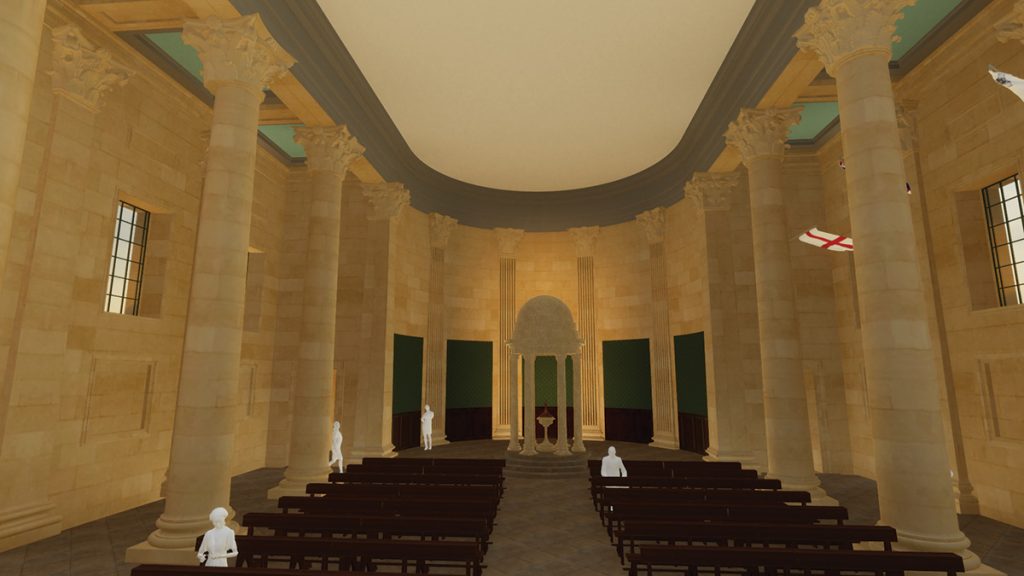
It is very factual; we are in control. The mindset of being at the passive receiving end of something generated by a mysterious superpower of alien origins, can be resisted in favor of a pro-active approach towards the possibilities within our control. As stated by philosopher Maurizio Ferraris in “Post Coronial Studies” (2022), we all need to acknowledge our responsibilities in relation to issues created by new technologies and claim the “superiority of humans over machines”. In short, we have to decide what to do in the metaverse, if anything at all. To make an informed decision might be more challenging than expected, for professionals in the creative field in particular, but how the possibility of the choice will be handled is crucial to all future developments of the digital realm. Many other questions will have to be tackled in the process of making choices, and many other parameters taken into account, such as the most direct carbon footprint impact of the incredible computational power required by these platforms. Can the sheer amount of energy consumption of decentralised systems result into something more significant than an immersive online shopping experience? Opportunities for experiments which transcend the current libertarian capitalist techno-utopia character of the metaverse exist, and just like in the real world, architecture is deeply embedded in them. Architects can contribute to shaping a digital world which aims at more than replicating the physical world as a gigantic playground. Existing structures, even heritage structures, could find a meaningful way of existing in the metaverse beyond the most basic entertainment and commercial purposes envisaged so far. The use of Building Information Modeling (BIM) software combined with a transdisciplinary research approach and plugged into a metaverse platform, could create opportunities for new and improved participation in heritage projects while making them more accessible to all. As illustrated by architect and researchers Charlene J. Darmanin and Guillaume Dreyfuss in their article “Augmented Memories” for Treasures of Malta, the use of BIM for interventions like the ongoing restoration of the spire of the St. Paul’s Pro Cathedral in Valletta, provides just an inkling of how the built environment can be documented, understood, manipulated, and monitored in the digital realm, with tangible and positive impacts on the physical. What opportunities does the metaverse offer to a St. Paul’s Pro Cathedral, for instance, remains an important, open question.




